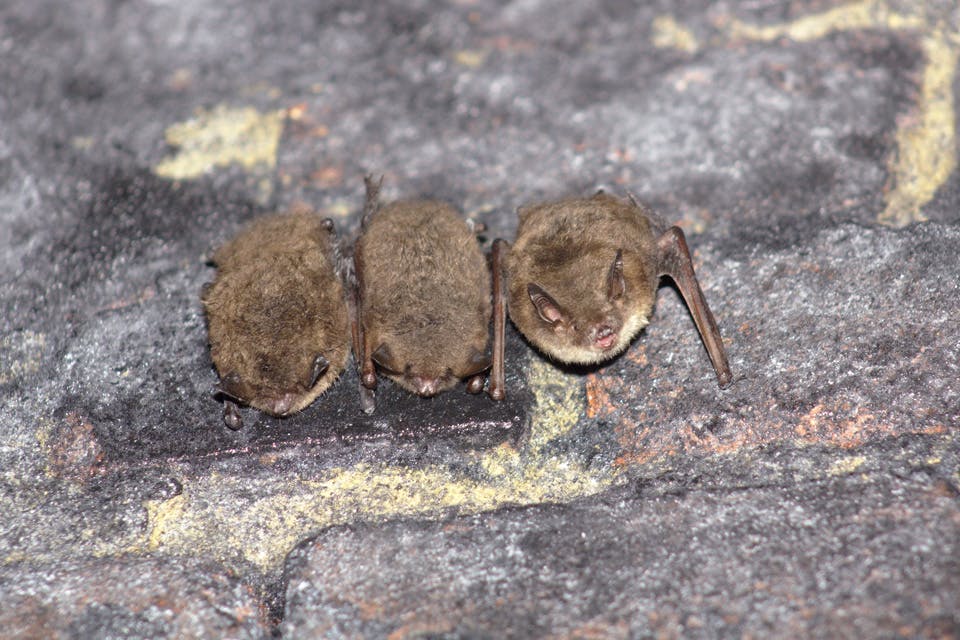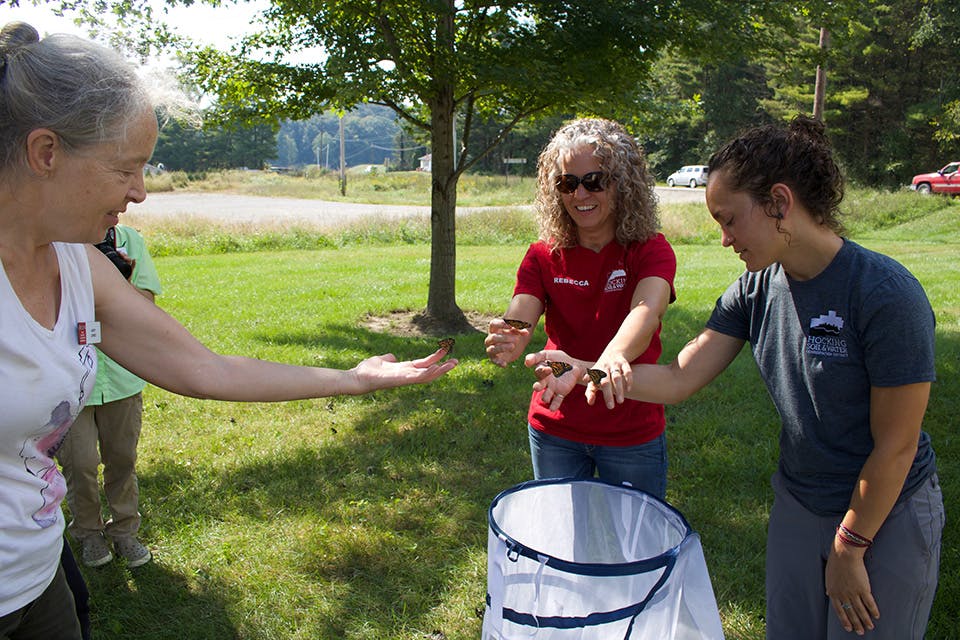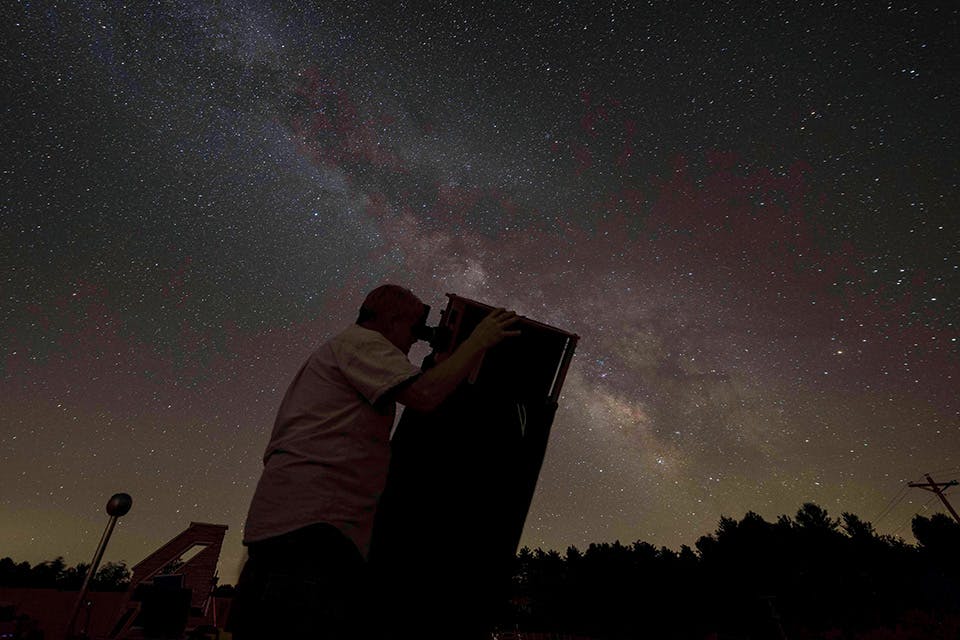Travel
Visit the Best Stargazing Spot in the Hocking Hills
John Glenn Astronomy Park director Brad Hoehne shares his inspiration for helping set aside a place where everyone can share in the splendor of the night sky.
Related Articles

This Cincinnati Festival Debunks Myths About Bats
Experts from the University of Cincinnati lead the fourth annual Ohio Bat Fest on Oct. 25, raising awareness about this often-misunderstood creature. READ MORE >>

3 Critter Encounters in Hocking Hills State Park
Get up close and personal with butterflies, hummingbirds and moths with this trio of late-summer experiences in the southeast Ohio region. READ MORE >>

25 Great Hiking Trails to Conquer This Summer
Lace up your hiking boots and get ready to explore. Ohio’s park systems and nature preserves have a wealth of trails to seek out this summer, from the rocky cliffs of Appalachia to the serenity of the Lake Erie shore. READ MORE >>



